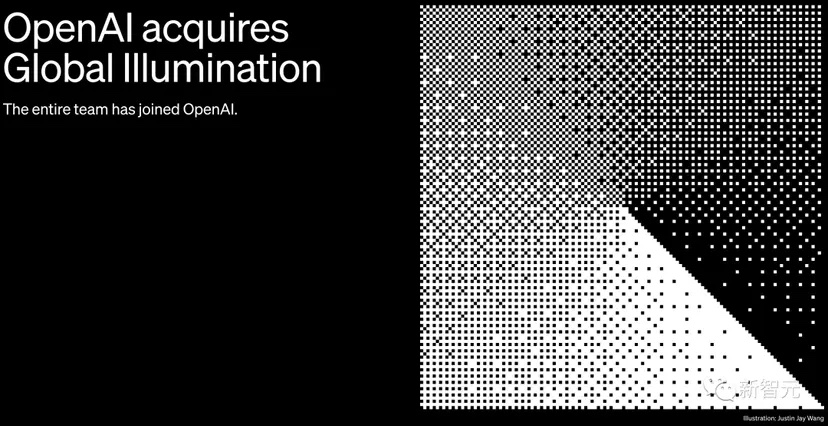
8-20 #WhyBother : Samsung Display has showcased a bezel-less smartphone display; Samsung is reportedly working on 4 very different camera sensors; Samsung has indicated that its investment in foldable devices is only going to grow; etc.

Samsung Electronics’ Taylor, Texas chip factory will manufacture U.S.-based AI chip designer Groq’s next-generation processor using its 4nm manufacturing technology. The Taylor chip factory is Samsung’s USD17B chip manufacturing project, slated to finish construction within 2023 and start mass production by 2H24. Groq’s next-generation AI chip, which the company says is energy efficient by up to 4 times compared to its existing solutions, is likely to be manufactured at the Texan factory by the end of 2024. (CN Beta, PR Newswire, KED Global, Korea JoongAng Daily, TechNews)

China’s chip equipment self-sufficiency rate will keep increasing in the next few years, especially in the less-advanced equipment sector, amid a gradual market recovery and ongoing geopolitical tensions, according to UBS Securities. The semiconductor equipment self-sufficiency rate is expected to increase in less-advanced sectors which account for around 70% of the total market, such as etching and cleaning machines, according to Jimmy Yu, a China technology analyst at UBS Securities. According to the UBS survey, 11% of the integrated circuit (IC) product purchasing managers said that they are “much more” actively considering using domestic chips compared with 2 years ago, while 39% said they are “a little more” willing to do so. Looking forward to the next 3 years, the adoption rate of domestically-developed chips will gradually increase to 30-50%, which is quite high. In 2023, global semiconductor sector revenue will decline by 14.3% YoY to USD492M, while returning to growth of 22.8% in 2024, according to estimates by UBS. (CN Beta, SCMP, Yahoo)
Samsung has reportedly sold more than half of its stake in Dutch chip equipment supplier ASML. The company held 6,297,787 shares of ASML at the end of Mar 2023, but that dropped to 2,750,072 shares at the end of 2Q23. So it sold 3,547,715 shares or 0.9% stake in ASML. Considering ASML’s stock price trend during this period, Samsung may have made about USD2.24B from this sale. TSMC sold all of its ASML shares in Jan 2015, while Intel cut its stake to 4.9% in late 2017. Intel further reduced its stake in ASML to under 3% in 2018. (Android Headlines, Hankyung)
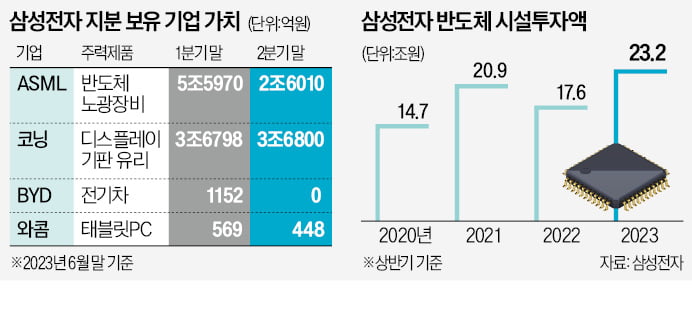
SoftBank Group has acquired the 25% stake in Arm it does not directly own from its Vision Fund unit in a deal that values the chip designer at USD64B. SoftBank is now expected to sell fewer Arm shares in the initial public offering (IPO) and would likely be retaining a stake of as much as 90% in the company, adding that Arm’s capital raising from the IPO would be less than the range of USD8B-10B it was earlier planning.(CN Beta, Financial Times, Reuters, Yahoo)
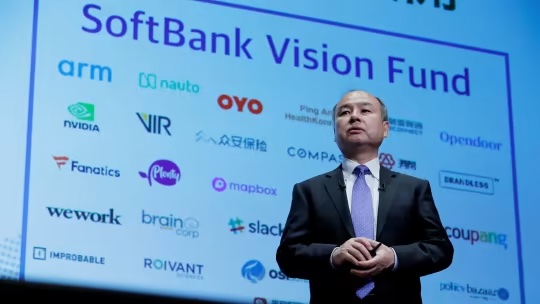

Samsung Display has showcased a bezel-less smartphone display. Samsung has referred to this futuristic display design as an “All Around Full Screen” panel. The phone has curved edges with the display wrapping around the edges. The company noted that this design allows for 3D lamination technologies and edge brightness control functions. There are also many other potential use cases, such as volume control and gesture navigation. An under-display or under-panel camera (UPC) perfectly complements a bezel-less design.(Twitter, Android Headlines)
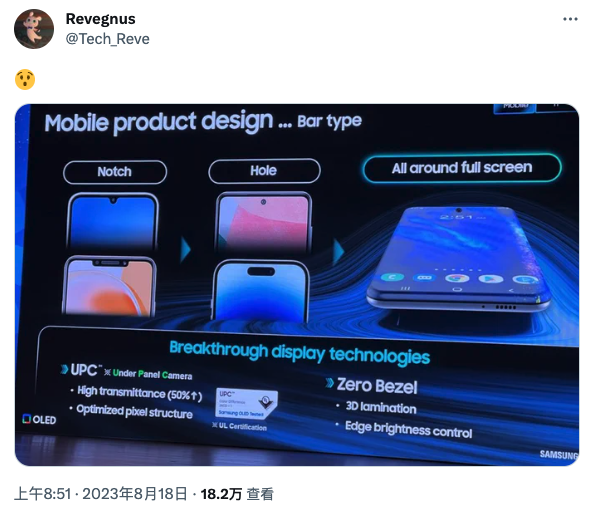
The head of Samsung’s Mobile eXperience Business, TM Roh has indicated that its investment in foldable devices is only going to grow. Roh says that in 2023 the company is targeting 1.8M sales of foldable devices in Europe, while global cumulative sales could reach 30M. He has also revealed that foldables will expand to other categories like the tablet and PC and continue to develop after.(Android Headlines, SamMobile, The Independent)
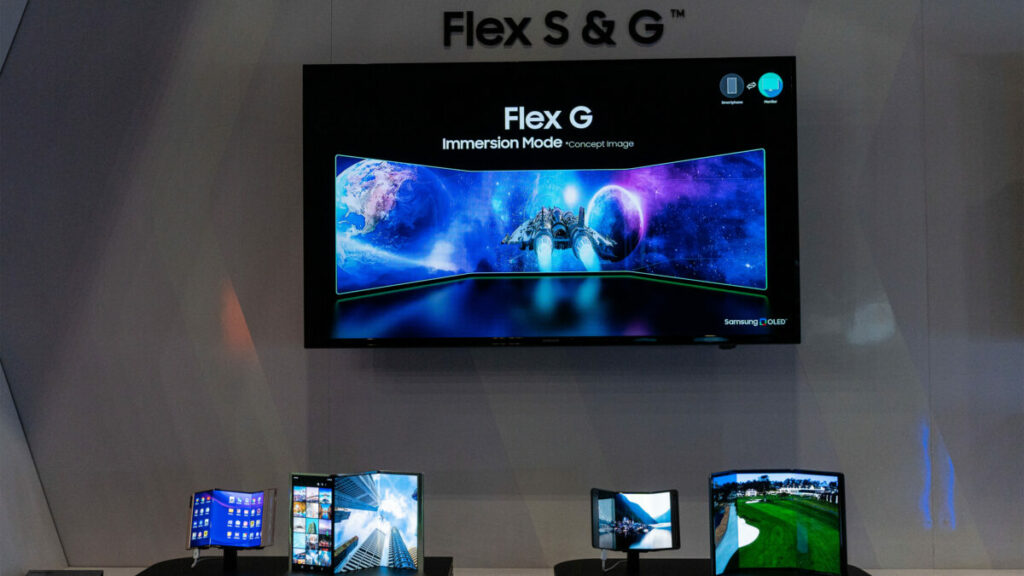
OnePlus’s rumored foldable phone “OnePlus Open” was previously expected to launch in Aug 2023 but reportedly got delayed because of a last-minute display replacement issue. The company is rumored switching out BOE panels for Samsung displays may not be the only cause of the foldable phone’s later-than-expected launch. OnePlus Open is delayed till late Sept or early Oct 2023, not just owing to the screen issue but also because of OPPO’s ongoing patent dispute with Nokia. The two companies have engaged in litigation since 2021 after the terms of a licensing agreement between Nokia and OPPO could not be renewed. The matter resulted in OPPO having to suspend sales for its own phones as well as OnePlus devices in Germany.(Android Authority, Twitter)
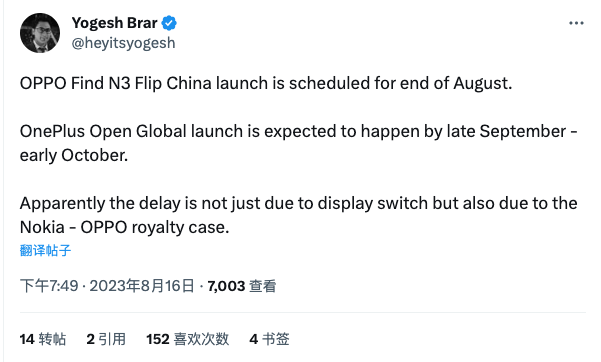
TCL’s China Star Optoelectronics Technology (TCL CSOT) has unveiled a new 23.8”, high-reflection e-paper in China. The new e-paper has a high refresh rate, high contrast rate, and high white reverse. The model is the world’s first production of large-size e-paper backplanes with Gen-8.5 architecture.(Gizmo China, IT Home)
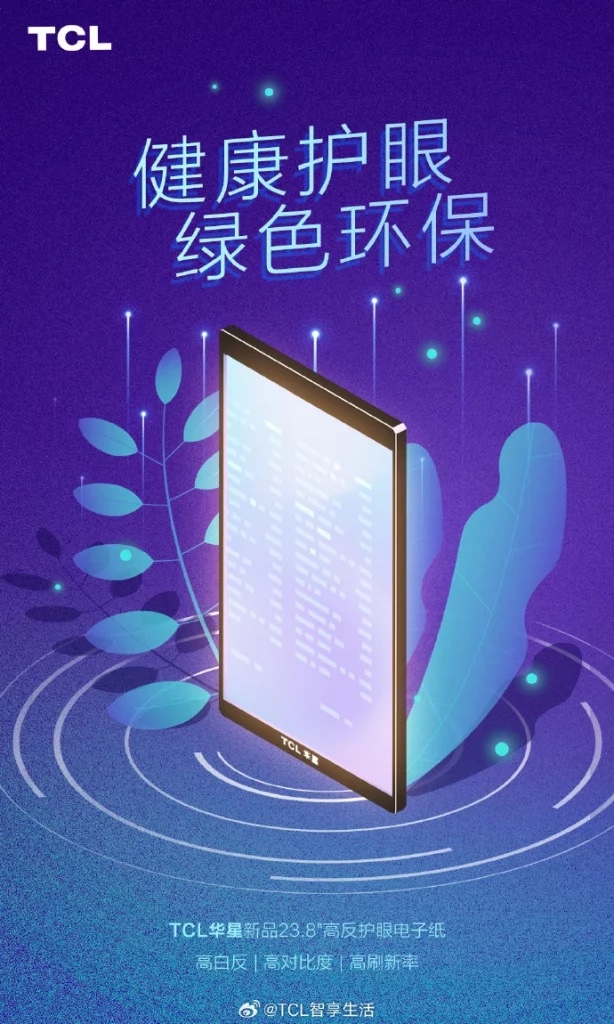

Samsung is reportedly working on 4 very different camera sensors, namely a 440MP HU1 sensor, an unnamed 320MP sensor, a 200MP HP7 sensor with 0.7-micron pixels, and a 50MP Isocell GN6 sensor with 1.6-micron pixels. The Galaxy S26 Ultra may feature the 320MP camera. The 200MP HP7 camera sensor seems broadly in line with the Galaxy S23 Ultra’s 200MP HP2 camera, albeit with slightly larger pixels. The 50MP GN6 camera sensor could potentially be Samsung’s first 1-inch camera, featuring the same pixel size as Sony’s one-inch IMX989 sensor. (Android Central, Android Authority, Twitter, Android Headlines)
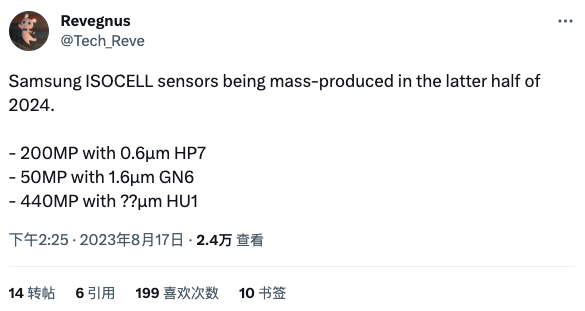

Samsung Electronics is poised to employ double-stack architecture for its 9th Generation 3D-NAND memory when it starts its production in 2024. This sets Samsung apart from SK Hynix, which uses three stacks of NAND to build its 321-layer 3D NAND devices when they enter mass production in 1H25. Samsung’s 9th Generation V-NAND with over 300-layers is set to hinge on the double-stack technique, which Samsung first embraced in 2020 with its 7th generation 176-layer 3D NAND chips. This method involves production of one 3D NAND stack on a 300mm wafer and then building another stack on top of the first one. Samsung’s 300-layer 3D NAND will increase storage density produced on one wafer and will enable makers to build lower-cost SSDs or make the best SSDs cheaper. (CN Beta, Tom’s Hardware, Digitimes, Techpowerup)
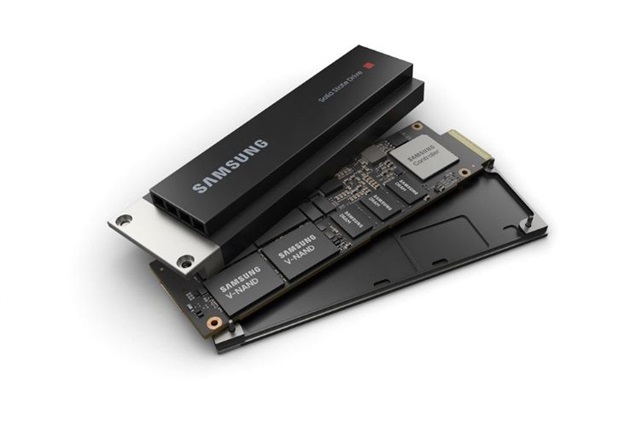

Bactometer, developed over 15 years of research, is a rapid biological detector targeting antimicrobial resistance in hospitals. Combining magnetic methods with machine learning, it promises to curb the spread of multidrug-resistant bacteria, significantly improving patient outcomes. Bactometer is a biological detector designed to bolster the fight against antimicrobial resistance in hospital environments. It serves as an accurate screening system, comparable to advanced methods such as PCR. The technical overview of Bactometer involves cell detection and nucleic acid analysis using magnetic technology. This makes the device impervious to sample background interferences and eliminates time-consuming sample preparation. (CN Beta, SciTechDaily,TS2)
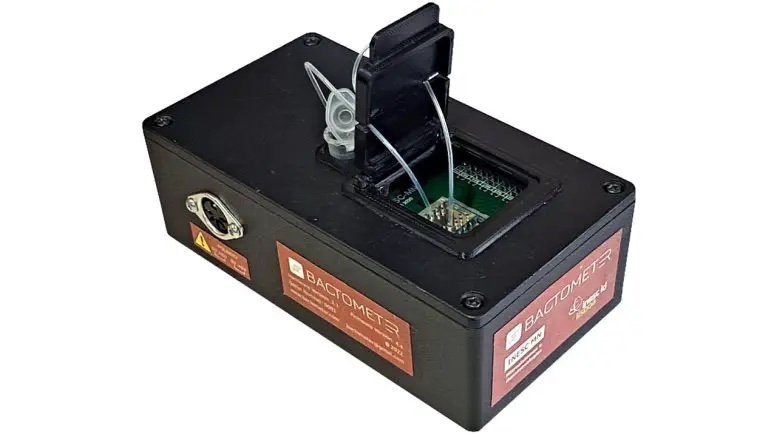

Google has debuted its Watch Unlock feature, a new function that enables users to unlock their phones with their Pixel Watch. The Watch Unlock feature is available under “More security settings” in Pixel smartphones. Google explains that the feature “is another convenient way to unlock phone, for example, when hands are wet or face is not recognized”. However, it will only work if smartwatch is on wrist and within reach of phone, which will allow to connect both devices. The Watch Unlock feature uses Android 13’s already existing Active Unlock API to tap into the phone’s locked state, but it seems to be more secure than the previous Smart Unlock feature, which has been rebranded to Extend Unlock.(Android Central, Twitter)
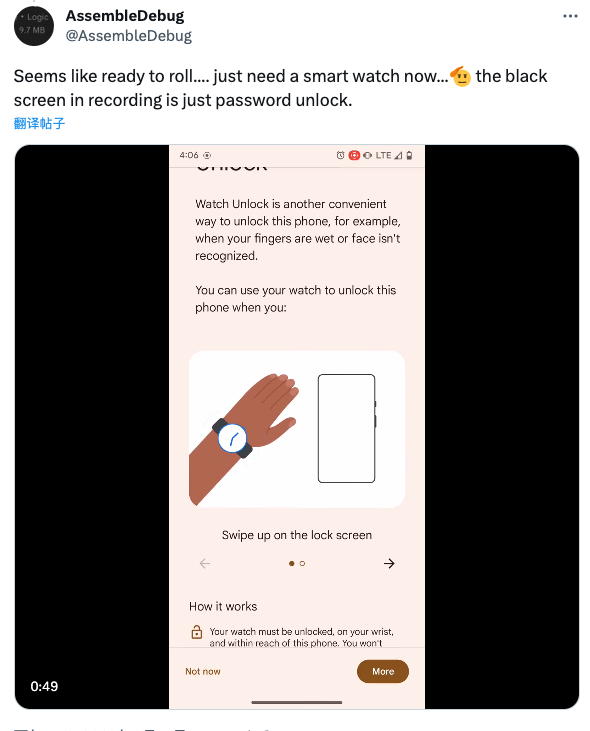

Reliance Jio Infocomm has launched a Netflix subscription on prepaid plans, a move that could intensify competition among domestic telecom companies as well as help the video-streaming provider find other avenues to make money. Jio, the telecom arm of Indian billionaire Mukesh Ambani’s Reliance Industries, said that around 400M prepaid customers will have the option of availing a Netflix subscription through two packages, each valid for up to 84 days. One will be priced at INR1,099 (USD13.23), providing access to Netflix on mobile platforms, and the other for INR1,499, which will give access to a basic package for large screens.(TechCrunch, Hindustan Times, The Telegraph, Benzinga, Reuters)


According to Haitong Securities analyst Jeff Pu, Apple is already cutting production of the new iPhone (iPhone 15 series). Pu mentions that Apple is expected to build 77M iPhone 15 units by the end of 2023. Previously, the company was estimated to ship around 83M iPhone 15 units. The analyst explains that supply issues are still likely to affect the mass production of the iPhone 15. He specifically mentions that Sony’s camera sensors, the new titanium frame for the Pro models, and the new display with thinner bezels might delay the production of the new phones. Pu also believes that Apple has adjusted its sales estimates due to “demand concerns”. The iPhone 15 Pro and iPhone 15 Pro Max will be more expensive than their predecessors, and this could result in lower demand. (GSM Arena, 9to5Mac, Gizmodo)
According to preliminary figures from Counterpoint Research’s forecast, 2023 shipments are forecast to decline 6% to 1.15B units, the lowest in a decade. Asia is one of the major hurdles to positive growth, as headwinds halt the economic turnaround anticipated for China at the start of the year, and the broader region experiences intensifying declines across emerging markets. As well, North America continues to be a major drag on global recovery, with a disappointing 1H23 setting it up for double-digit full year declines. Despite strength in the jobs market and inflation falling, consumers are hesitant to upgrade their devices, pushing replacement rates for the US and globally to record highs. (CN Beta, Counterpoint Research)
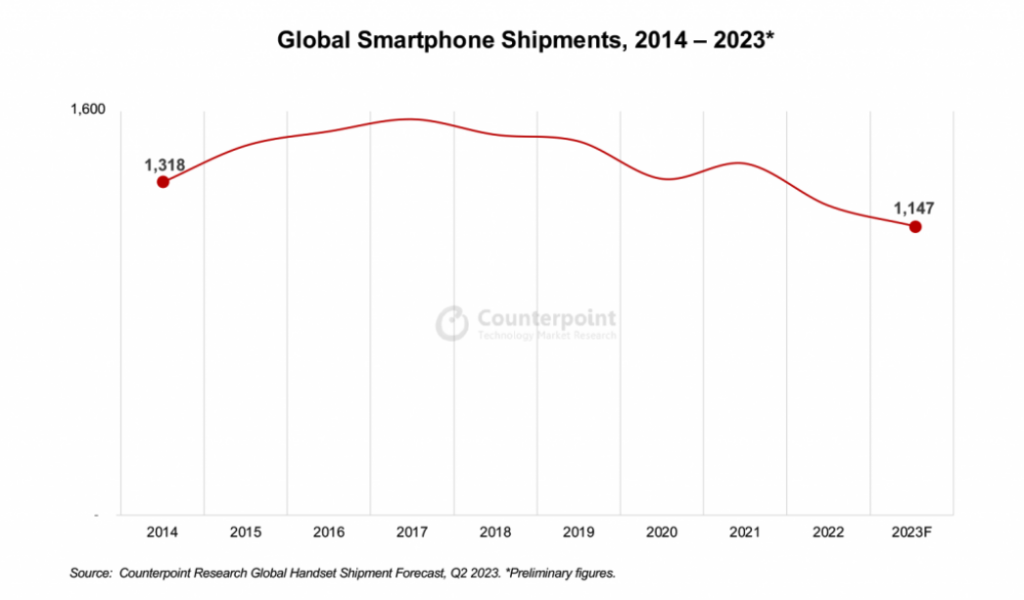
Russian company ROSA has been in the works to develop a phone designed to be made and sold within Russia, dubbed Р-ФОН (R-FON in English). R-FON will be shipping in 2024 with a homegrown operating system based on Linux named ROSA OS. It is a skinned version of Android with its app store and will be compatible with Android apps and APKs. (CN Beta, Neowin, Meduza, IT Home, KOD)
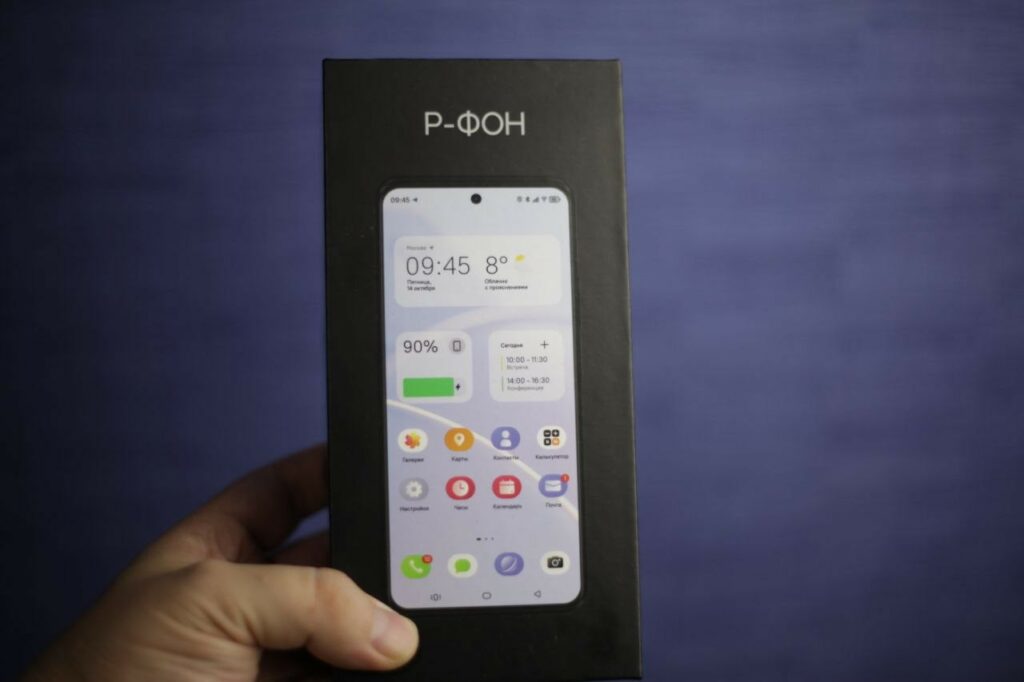
Global smartphone market revenues declined by 8% YoY and 15% QoQ to significantly under USD90B in 2Q23, the lowest Q2 figure since 2020 during the height of the global pandemic-related lockdowns. The corresponding operating profit declines were 3% and 27% according to research from Counterpoint Research. Apple’s shipments declined by 3% YoY while the smartphone market declined by 9% in the same period. At the same time, its ASP increased thanks to a growing contribution of the Pro series, declining contribution of the SE series and the replacement of the Mini in iPhone 13 with a Plus in iPhone 14. As a result, while Apple’s iPhone revenue declined by 2% annually, its revenue share grew, reaching a second-quarter record of 45%. This is up by almost 3% since the same quarter of last year. Its share of global operating profits also grew by 4% since 2Q22, reaching 85%, another second quarter record for Apple. (CN Beta, Counterpoint Research)
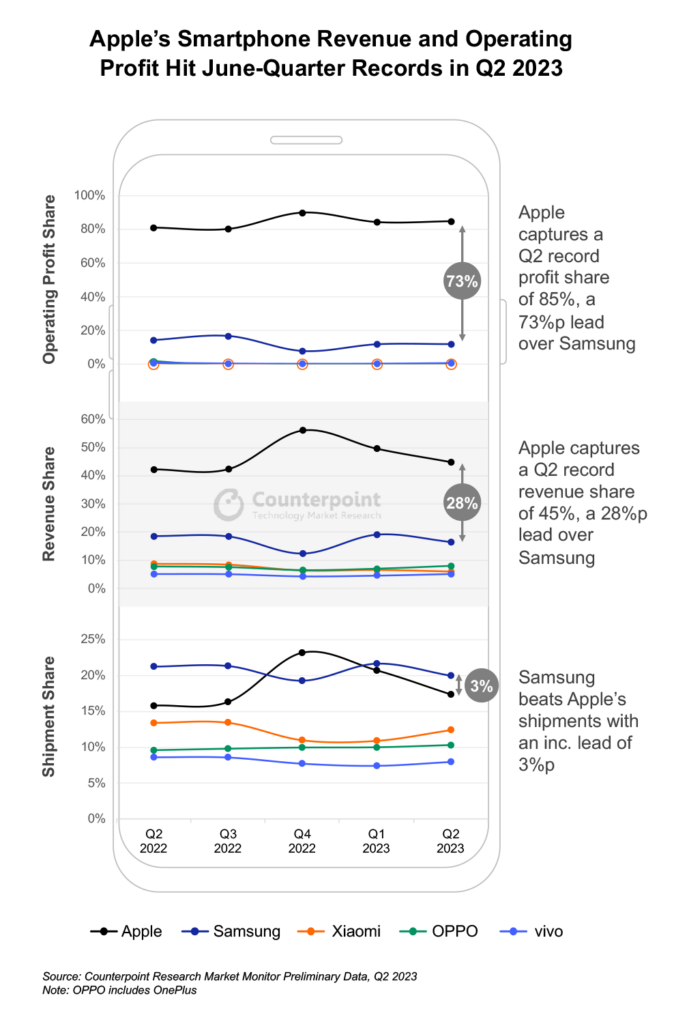

A broad coalition of America’s largest businesses, from Apple to Intel, protested the abrupt way in which India introduced tech import restrictions in Aug 2023, saying the surprise move will damage New Delhi’s ambitions to become a global manufacturing hub and harm consumers. In a letter to U.S. officials this week, eight American trade groups comprising the biggest players in technology and manufacturing asked the Department of Commerce, the U.S. Trade Representative and the government more broadly to urge India to reconsider the policy. India plans to impose a new license requirement for tech imports from 1 Nov 2023, spanning everything from laptops and tablets to servers and components for data centers. (Bloomberg, Apple Insider, Money Control, Supply Chain Brain)
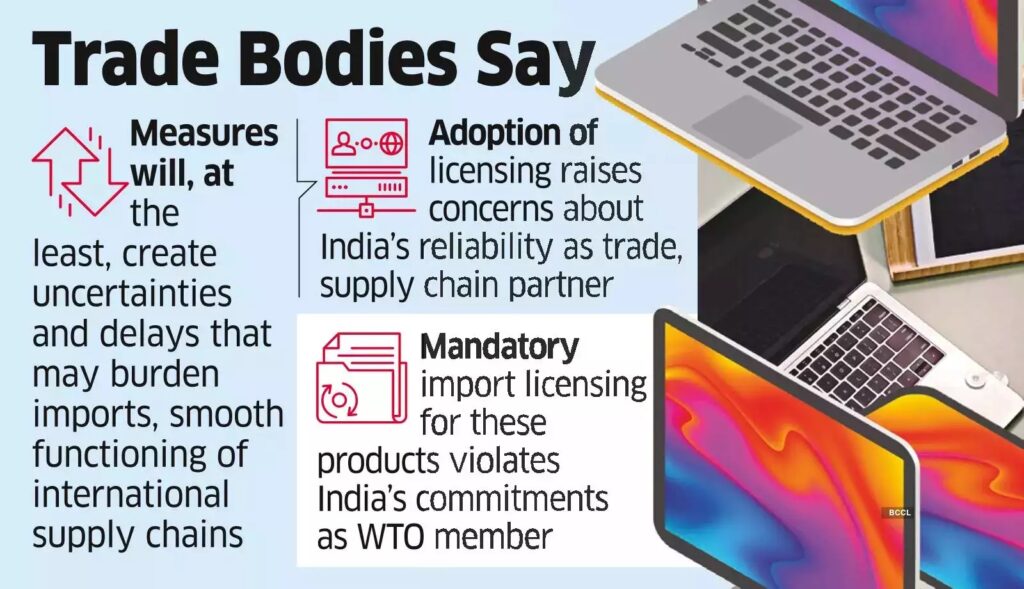

OpenAI has acquired Global Illumination, a New York–based startup leveraging AI to build creative tools, infrastructure and digital experiences. It is OpenAI’s first public acquisition in its roughly 7-year history. The terms of the deal are not disclosed. OpenAI is on the hunt for a commercial win. While ChatGPT achieved global fame, OpenAI reportedly spent upward of USD540M in 2022 to develop it.(CN Beta, Voicebot.AI, OpenAI, TechCrunch)
